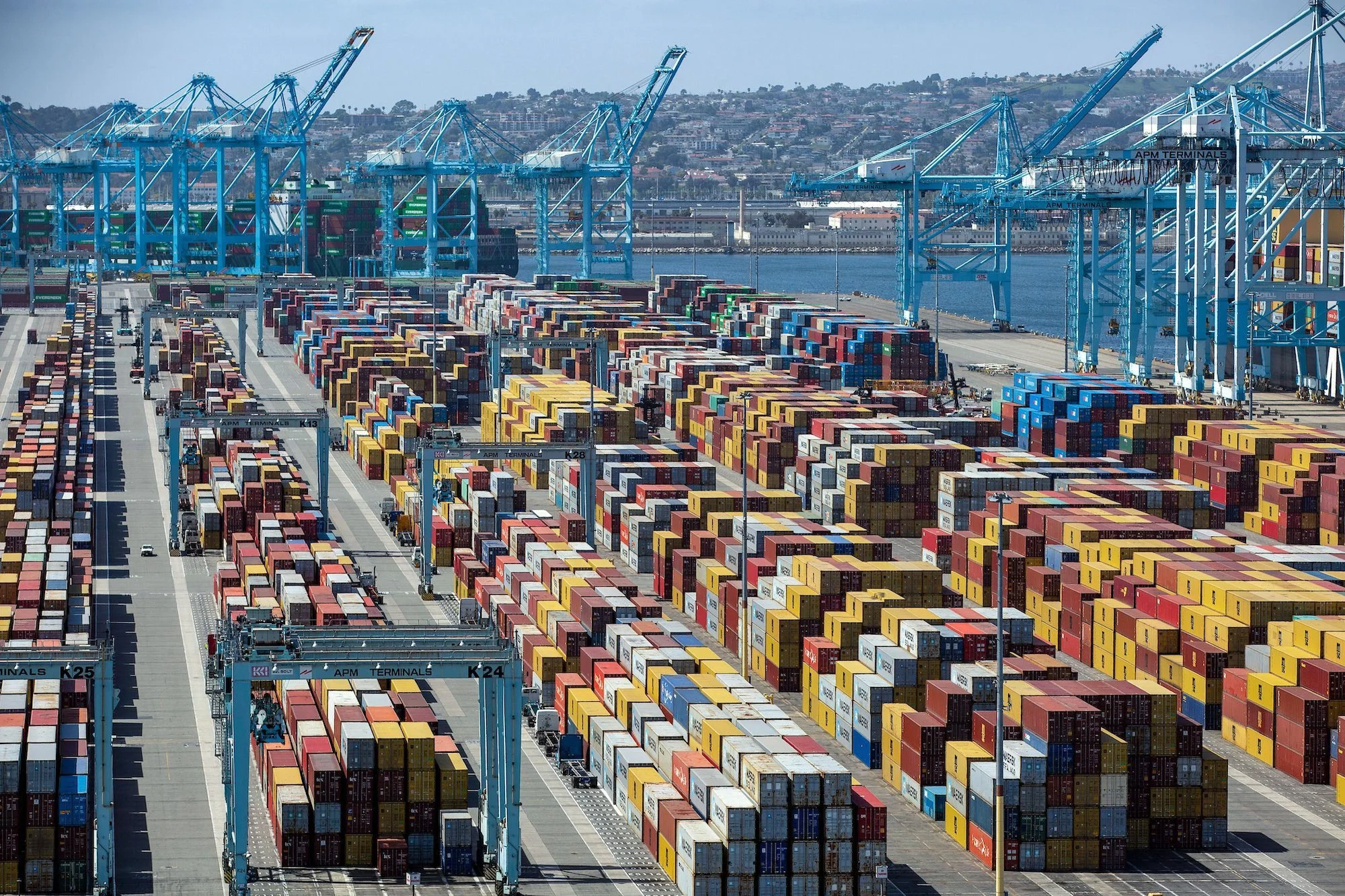EPA Invests $1 billion in Green Future for West Coast Ports
By Natasha Villa, External Affairs Manager
The new era that has been on the horizon for West Coast ports for many years is finally here. By capturing the largest share of the $3 billion in funding awarded by the U.S. EPA’s Clean Ports Program, West Coast ports from Los Angeles to Tacoma are set to become even greener and more sustainable hubs that benefit both their local communities and the environment. These federal subsidies – at over $1 billion for the west coast, the largest of their kind — will continue to drive the shift to zero-emission technology, but in a way where West Coast ports are both economic powerhouses and climate leaders.
The largest grant recipients are already the cleanest in the nation and making significant steps toward a future that is even cleaner. At the Port of Los Angeles, for example, the $412 million EPA grant will be used to further accelerate projects focused on decarbonizing port activities and advancing zero-emission (ZE) initiatives. With this, there are matching contributions from the Port and its industry partners, bringing the total investment including matching funds to $644 million. This funding will support the acquisition of nearly 425 battery electric cargo-handling machines, 250 ZE drayage trucks, and the installation of over 300 ZE charging ports and related infrastructure.
Additionally, this investment includes a $50 million fund for community-led programs and workforce development, amplifying the commitment to local environmental justice and prioritizing projects that benefit frontline, disadvantaged communities. These partnerships are helping the Port to protect the environment and meet the Clean Air Action Plan goals set by the Port of Los Angeles and Port of Long Beach, while helping to protect the economic competitiveness of this critical gateway.
Up the coast, the Port of Oakland, secured a $322 million grant from the EPA to accelerate its transition to zero-emission (ZE) operations. In total, with matched contributions from the Port and its industry partners, this investment reaches nearly half a billion dollars, all directed toward achieving ZE goals in cargo-handling operations. This grant will bring 663 new pieces of zero-emission equipment to the Port of Oakland—475 cleaner drayage trucks and 188 advanced pieces of cargo-handling equipment. It’s the largest federal investment of its kind in the Bay Area, aiming to cut emissions right at the source.
But beyond reducing pollution, these upgrades will allow Oakland to meet its aggressive environmental goals without sacrificing its competitiveness for cargo. Oakland’s initiative is more than just an environmental upgrade—it’s a commitment to a better future for both the port and its customers, which should result in bold climate actions without sacrificing its goals to continue to hold onto elusive discretionary cargo and export market share.
Further north, the Northwest Seaport Alliance (NWSA) - specifically the Port of Tacoma, received $3 million from EPA’s grant to advance zero-emission (ZE) planning and infrastructure. This funding will support detailed, terminal-specific feasibility analysis, including engineering and design for shore power, as well as a comprehensive transition plan for 40 pieces of cargo-handling equipment and light-duty vehicles to ZE technology. The NWSA has taken a holistic approach, factoring in workforce development, community needs, and climate resilience as core elements of its ZE transition strategy.
These efforts echo a bigger vision—one that puts the West Coast at the forefront of a cleaner, healthier future for all. By prioritizing green initiatives in our port communities, this investment isn’t just about building a better infrastructure - it’s about building a future that balances economic growth with environmental well-being. As these projects unfold over the next decade, they’ll showcase what’s possible when commitment to community and climate come together for a common cause.
These grant awards make clear that the federal government believes that the West Coast ports are to be rewarded for stepping up as models for how investments in cleaner technology can successfully improve air quality, and not punished for being ahead of the curve. The critical question from here on out is putting this new equipment to the test, and seeing whether these improvements and economic resilience can go hand in hand. And, if they do, hopefully paving the way for more rounds of federal support.

